LOADING
Carpal Tunnel Syndrome is one of the most frequent nerve compression disorders affecting the wrist and hand. It arises when the median nerve becomes compressed within the carpal tunnel, often due to repetitive wrist use, poor posture, or underlying medical conditions. Symptoms such as tingling, numbness, and weakness in the fingers can interfere with daily activities. This article reviews common causes, practical management strategies, and the role of bracing and targeted exercises in supporting recovery and function.
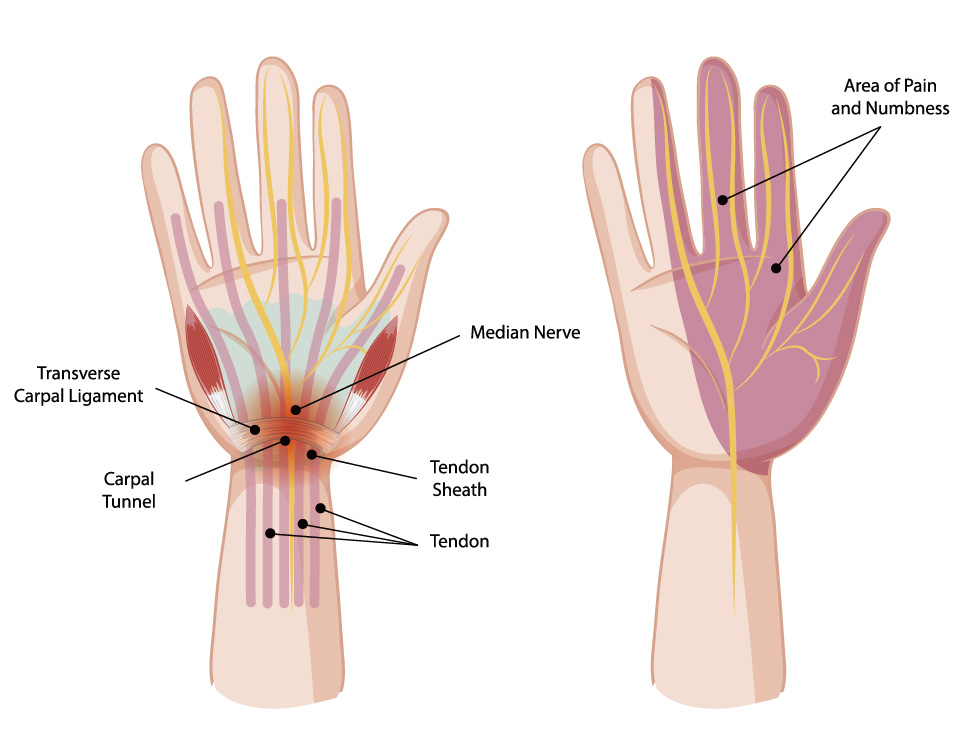
Carpal Tunnel Syndrome (CTS) is a common nerve compression disorder affecting the median nerve as it passes through the carpal tunnel—a narrow passageway in the wrist surrounded by bones and ligaments. When the tunnel becomes narrowed or tissues around the tendons swell, it increases pressure on the median nerve, leading to pain, numbness, and weakness in the hand. CTS is particularly common among individuals performing repetitive hand and wrist movements, such as office workers, assembly line operators, and musicians. The prevalence is estimated at 3–6% in the general adult population, with a higher incidence in women aged 40–60 years.
The symptoms of CTS can vary in severity and may develop gradually.
Common symptoms include:
Numbness and tingling: Often in the thumb, index, middle, and half of the ring finger, especially at night or after prolonged hand use.
Pain: Discomfort in the wrist, palm, or forearm, sometimes radiating toward the elbow.
Weakness: Difficulty gripping objects or performing fine motor tasks due to weakened thumb muscles.
Swelling sensation: A feeling of hand swelling without visible swelling.
Night symptoms: Many patients wake up at night with tingling or numbness and shake their hands to relieve discomfort.
CTS develops when the median nerve is compressed within the carpal tunnel.
Common causes and contributing factors include:
Repetitive hand and wrist movements: Continuous flexion or extension (e.g., typing, sewing, assembly work) increases tendon friction and swelling.
Wrist position: Prolonged wrist flexion or extension narrows the tunnel and increases nerve pressure.
Medical conditions: Diabetes, hypothyroidism, rheumatoid arthritis, and obesity can increase the risk of nerve compression.
Hormonal changes: Pregnancy and menopause may cause fluid retention, increasing tunnel pressure.
Injury or structural changes: Wrist fractures, dislocations, or arthritis can alter the tunnel's anatomy.
Workplace ergonomics: Poor workstation setup or use of vibrating tools can contribute to CTS development.
Treatment depends on the severity of symptoms and underlying causes. Common approaches include:
Activity modification: Reducing repetitive wrist motions and improving ergonomics.
Wrist brace: Wearing a neutral-position wrist brace, especially at night, to relieve nerve pressure.
Anti-inflammatory measures: Using ice packs and nonsteroidal anti-inflammatory drugs (NSAIDs) to reduce swelling.
Physical therapy: Stretching and nerve-gliding exercises to improve mobility and reduce compression.
Medical treatments: Corticosteroid injections to decrease inflammation in the tunnel.
Surgical intervention: Carpal tunnel release surgery may be considered if symptoms persist after conservative treatment.
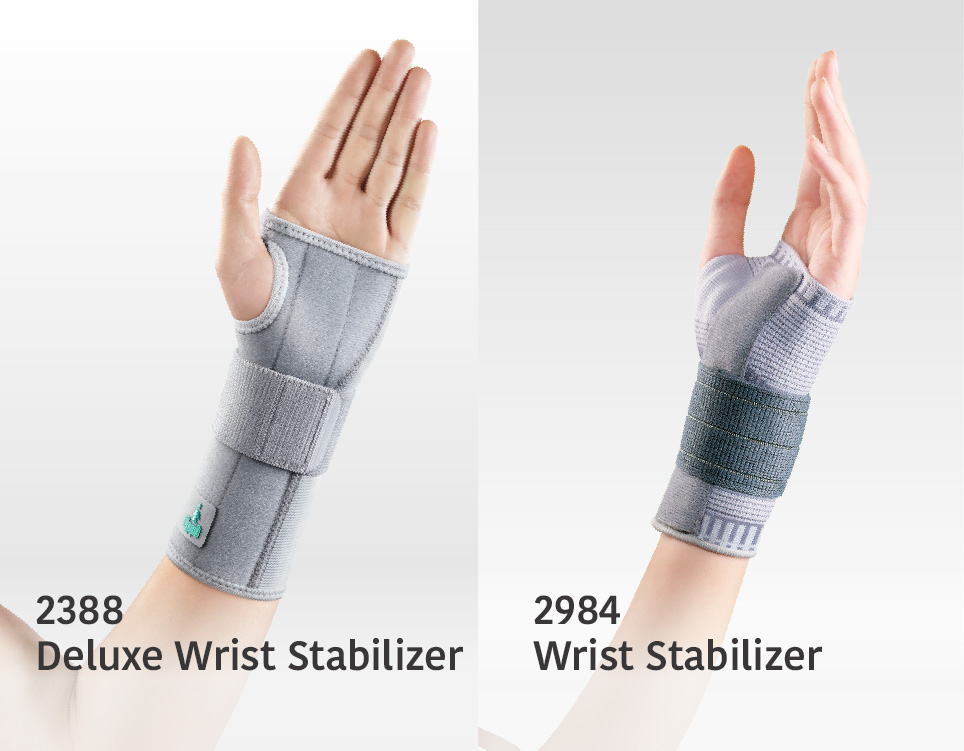
Wrist braces are a key non-invasive tool for managing CTS by reducing median nerve compression.
Benefits include:
✓ Neutral wrist positioning: Braces keep the wrist in a straight, neutral position, maximizing tunnel space and reducing nerve pressure.
✓ Nighttime symptom control: Wearing a brace during sleep prevents prolonged wrist flexion, which often worsens night symptoms.
✓ Activity support: Braces provide external stability during repetitive hand use, reducing tendon irritation.
✓ Pain relief: Maintaining proper alignment helps decrease inflammation and nerve irritation, leading to less pain and tingling.
✓ Facilitated healing: Reduced strain on tendons and nerves creates a better environment for tissue recovery.
✓ Prevention of worsening: Regular use during aggravating activities can slow symptom progression and reduce the risk of chronic damage.
Exercise can complement bracing and other treatments by improving mobility, reducing nerve irritation, and maintaining hand function:
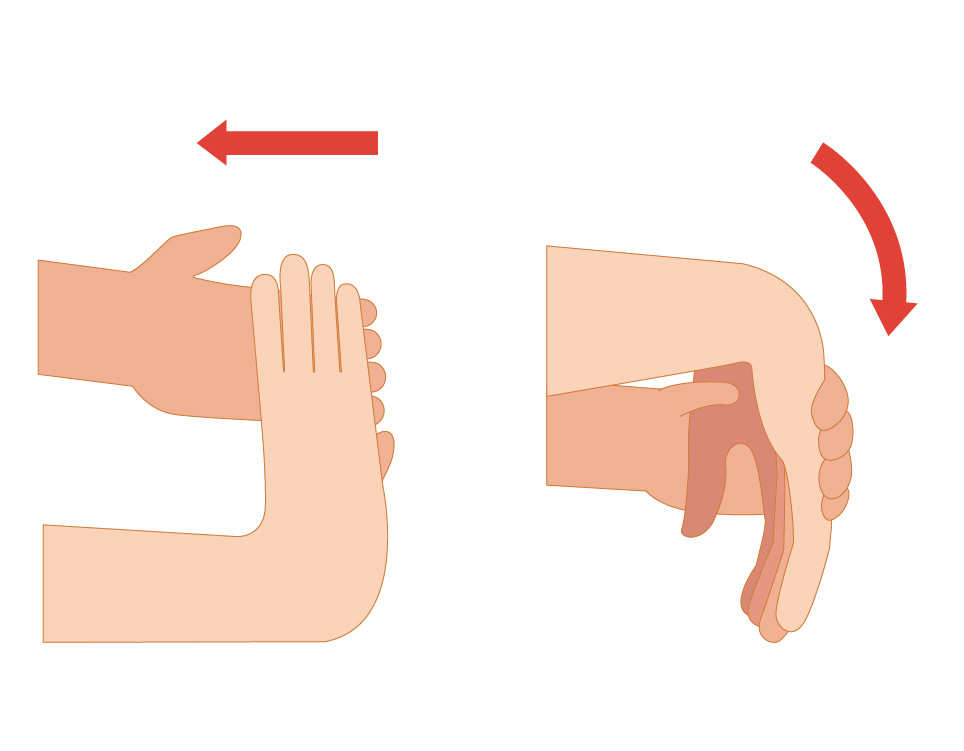
Extend your arm with the palm facing up. Gently pull your fingers back with the opposite hand, holding for 15–30 seconds.
Extend your arm with the palm facing down. Gently push your fingers down and toward the body.
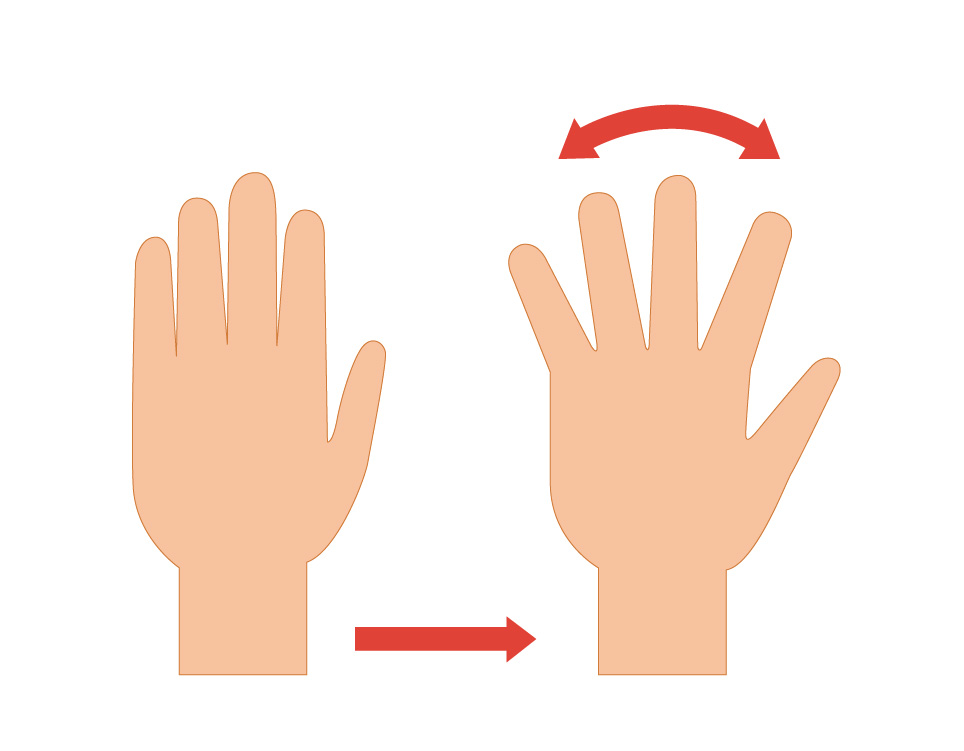
Spread your fingers wide apart, hold for 5 seconds, then relax.
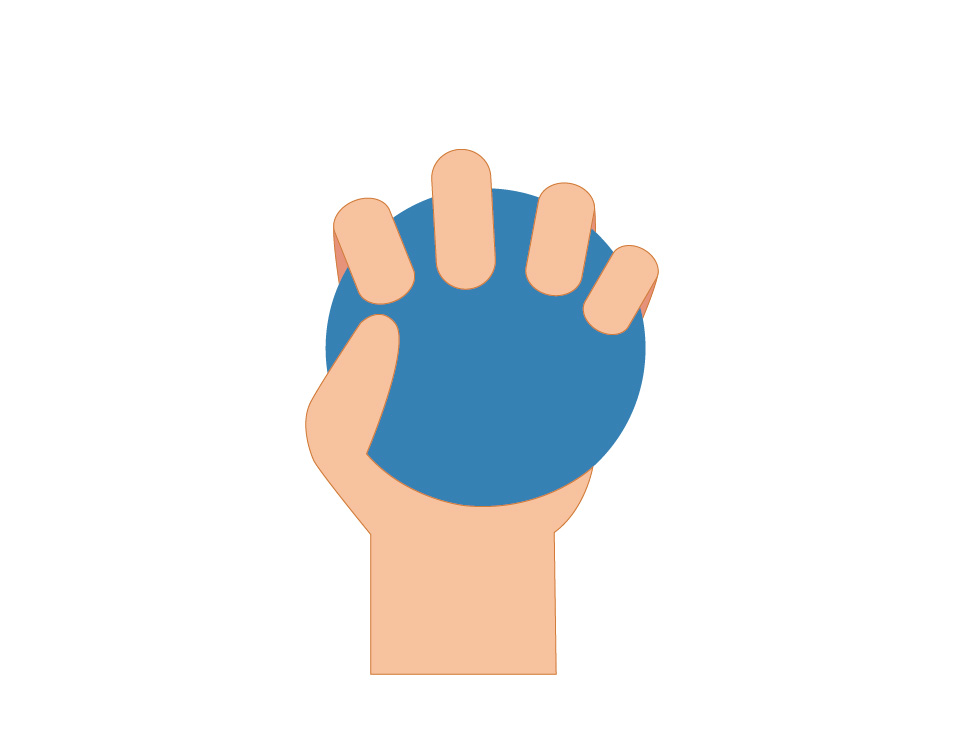
Squeeze a soft stress ball for 3–5 seconds, avoiding pain.
Start with your arm at your side, elbow bent, palm facing up. Slowly extend your elbow and wrist while extending your fingers until a gentle stretch is felt.
Copy Link